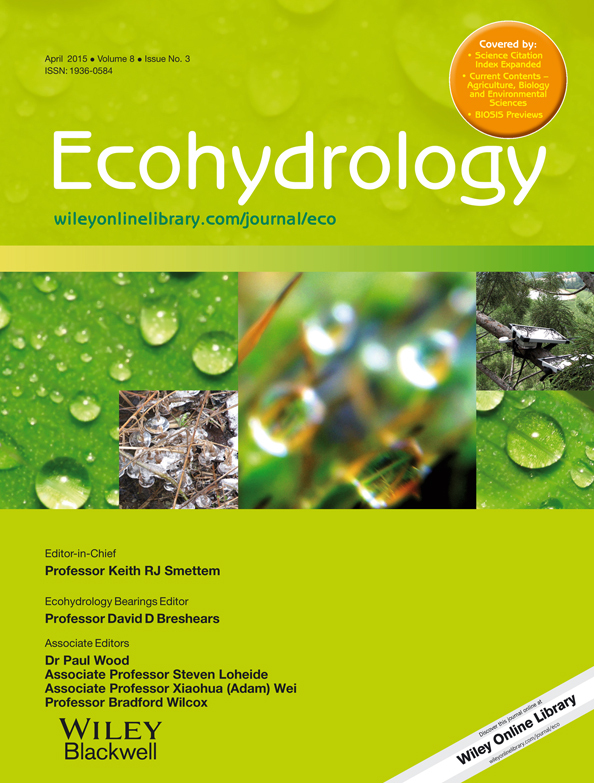Ver ítem
- xmlui.general.dspace_homeCentros Regionales y EEAsCentro Regional Patagonia NorteEEA BarilocheArtículos científicosxmlui.ArtifactBrowser.ItemViewer.trail
- Inicio
- Centros Regionales y EEAs
- Centro Regional Patagonia Norte
- EEA Bariloche
- Artículos científicos
- Ver ítem
Afforestations and wetlands, are they a good combination? Study of water fluxes in two cases of Patagonian wetlands
Resumen
Wetlands are ecosystems that play a key role in maintaining biodiversity and associated economies (e.g. agriculture and livestock) because they are reservoirs of water and carbon. Globally, these environments have been largely deteriorated, so their sustainable use takes on special importance. This study examined the effect on water recharge of the replacement of natural grassland by pine afforestation on hillsides adjacent to two Patagonian wetlands with
[ver mas...]
Wetlands are ecosystems that play a key role in maintaining biodiversity and associated economies (e.g. agriculture and livestock) because they are reservoirs of water and carbon. Globally, these environments have been largely deteriorated, so their sustainable use takes on special importance. This study examined the effect on water recharge of the replacement of natural grassland by pine afforestation on hillsides adjacent to two Patagonian wetlands with contrasting rainfall. Results showed that independently of the rainfall at the site considered, canopies with high coverage values (90%) intercept 40% of the precipitation. This percentage is significantly reduced when canopy coverage is near 70%. Considering forested and grassland hillsides, groundwater drainage showed different patterns, consisting of only a few millimetres in the seasons recorded. Surface runoff was not a significant source of recharge for these systems in spring and summer, showing similar values in forested and grassland hillsides. Differences found in the recharge water variables between afforestation and grassland conditions cannot be directly associated with the vegetation in areas surrounding the wetlands. These systems showed high complexity, requiring site‐specific analysis to determine what the impact of afforestation will be on their hydrology
[Cerrar]

Fuente
Ecohydrology 8 (3) : 416-425 (April 2015)
Fecha
2015-04
Editorial
Wiley
ISSN
1936-0584
1936-0592
1936-0592
Formato
pdf
Tipo de documento
artículo
Palabras Claves
Derechos de acceso
Restringido
 Excepto donde se diga explicitamente, este item se publica bajo la siguiente descripción: Creative Commons Attribution-NonCommercial-ShareAlike 2.5 Unported (CC BY-NC-SA 2.5)
Excepto donde se diga explicitamente, este item se publica bajo la siguiente descripción: Creative Commons Attribution-NonCommercial-ShareAlike 2.5 Unported (CC BY-NC-SA 2.5)

